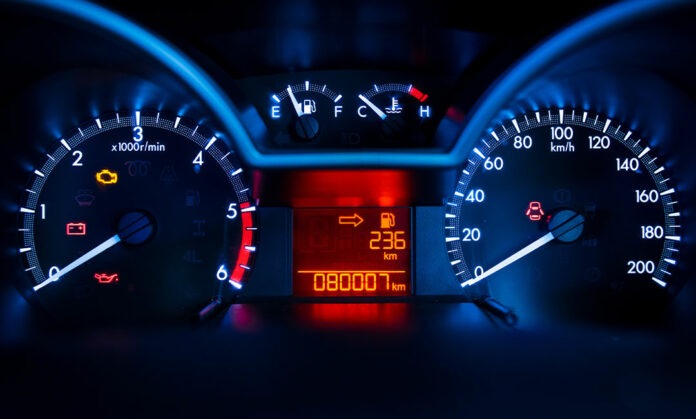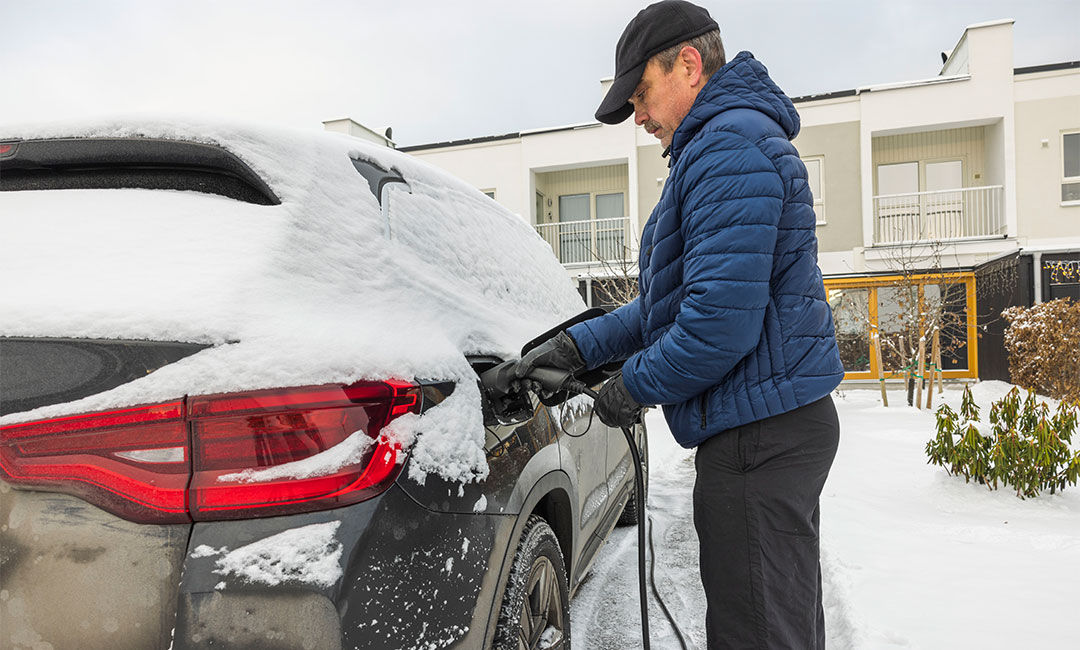Whether your trunk is still open or the dreaded check engine alert, your dashboard is the way your car communicates with you to inform you when something just isn’t right. The thing is, your car is perfectly happy to tell you when something is wrong, but you have to learn to listen and know what it means when it does. Understanding what warning lights do and don’t mean will help you, help your vehicle. Learning how to use and interpret these lights can help you communicate effectively with other drivers, avoid accidents, and ensure your car is operating safely. Here are some tips for understanding your car’s emergency lights and how to get more familiar with your vehicle.
1. Know the different types of emergencies lights
Emergency lights on cars usually come in three different types – hazard lights (sued to warn other drivers of potential danger, such as a stalled car on the side of the road), turn signals (indicate to other drivers which way you intend to turn or change lanes), and brake lights (activated when you apply the brakes and let other drivers know you are slowing down or stopping). It’s important to understand the purpose of each type of light so that you can use them effectively.
2. Understand the meaning of the emergency light symbols
Emergency lights are designed to warn other drivers of a potential hazard or situation on the road. It’s important to understand the different symbols and what they mean, such as the symbol for low tire pressure, engine warning, or oil pressure.
3. Know when to use your hazard lights
Hazard lights are designed to warn other drivers of an emergency situation or hazard on the road, such as a car accident, car breakdown, or when your vehicle is parked on the side of the road. It’s important to use your hazard lights only when it’s absolutely necessary, as they can be confusing to other drivers.
4. Regularly check your emergency lights
It’s important to regularly check that all of your emergency lights are working properly. Check your turn signals, brake lights, and hazard lights to ensure that they are functioning correctly. If you notice any issues, take your car to a mechanic as soon as possible.
5. Be familiar with your car’s emergency light system
Different cars may have different emergency light systems, so it’s important to be familiar with the emergency light system in your car. Review your car’s owner manual and practice activating the different emergency lights so you know what to do in an emergency situation.
Looking for some accessories to help spruce up the interior of your vehicle? Check out these essentials from Amazon.











